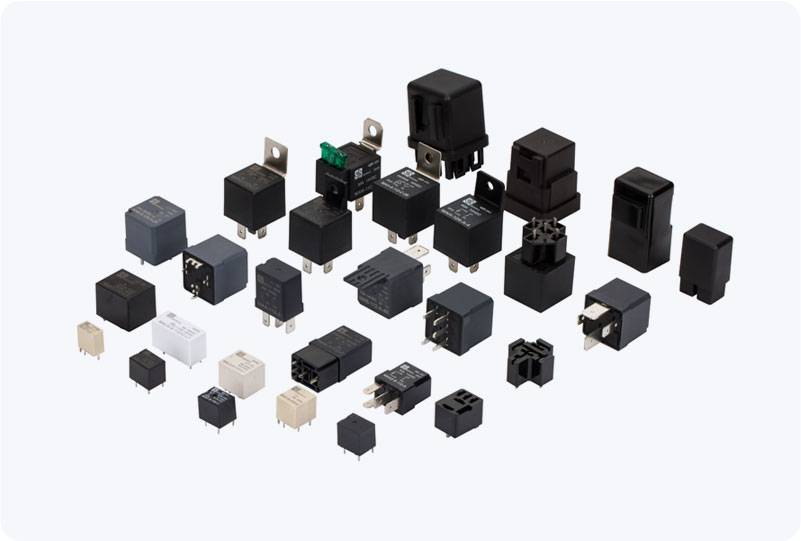understanding relay failure modes in cars: causes, symptoms, and solutions
Release time:2025-10-23 18:20:17
Relays play a crucial role in the proper functioning of modern vehicles. They act as switches that control high-power electrical circuits, allowing components like the fuel pump, air conditioning system, and starter motor to operate smoothly. However, like any other component, relays are susceptible to failure. Understanding the common failure modes of relays in cars, the symptoms associated with these failures, and how to diagnose and address them can save time, money, and prevent potential breakdowns on the road.

Common Relay Failure Modes in Cars
Contact Point Wear and Corrosion One of the most frequent failure modes of relays is the wear and corrosion of the contact points inside the relay. Over time, the repeated opening and closing of the relay's contacts can cause physical wear or buildup of corrosion, which reduces the efficiency of the electrical connection. Corroded or worn contact points may result in intermittent or complete failure to activate the controlled device, such as the fuel pump or starter motor. This type of failure often manifests in the form of erratic or unreliable operation, where the component does not turn on consistently.

